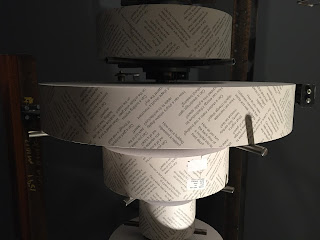Today I went to the Getty for the first time in my 3 years at UCLA and I was astonished by the size, architecture, and art. The architecture is like nothing I have seen before, and it makes the artwork that much more presentable. It also helps that the Museum sits above all of LA and has a 360 degree view. I visited 3 exhibits, including two photography exhibits capturing animal wildlife in the late 1800's and early 1900's and more modern black and white photography in a city setting. The third exhibit was easily my favorite, which was impressionist artwork of the 1800's. I have always been fond of the impressionist era and it was very cool for me to see work from Monet, Van Gogh, Sisley, Munch, and Khnopff.
This is one of my favorite pieces by Monet I saw today, Sunrise, depicts the French harbor of Le Havre. Critics at the time believed it was unfinished impressionism, rather than a finished composition. It definitely captures Monet's paintbrush through the morning light, fog, and reflecting water.
Another piece I enjoyed was a portrait of Jeanne Kefer by Fernand Khnopff that portrait a young girl standing up against a larger door. She portrayed the young Jeanne Kefer as a elegant young girl who, looking little next to the door while the floor tilts to the right, provokes the view of the world through a child's perspective.
Lastly, Edward Munch's Starry Night is a representation of the lake where Munch spent many of his summer evenings. With the many layers of color on top of the textured canvas, the viewer can't help but notice his style. I like the simplicity of the piece, as rounded shoreline goes rhythmically with the rounded hill.
Thank you Kate for the quarter, have a great summer!
-James



































